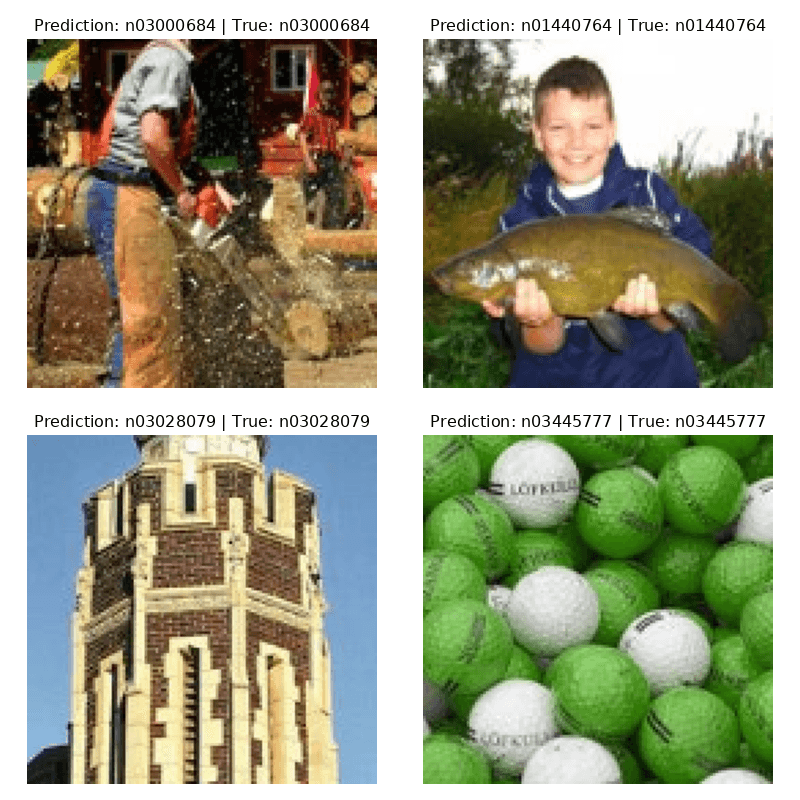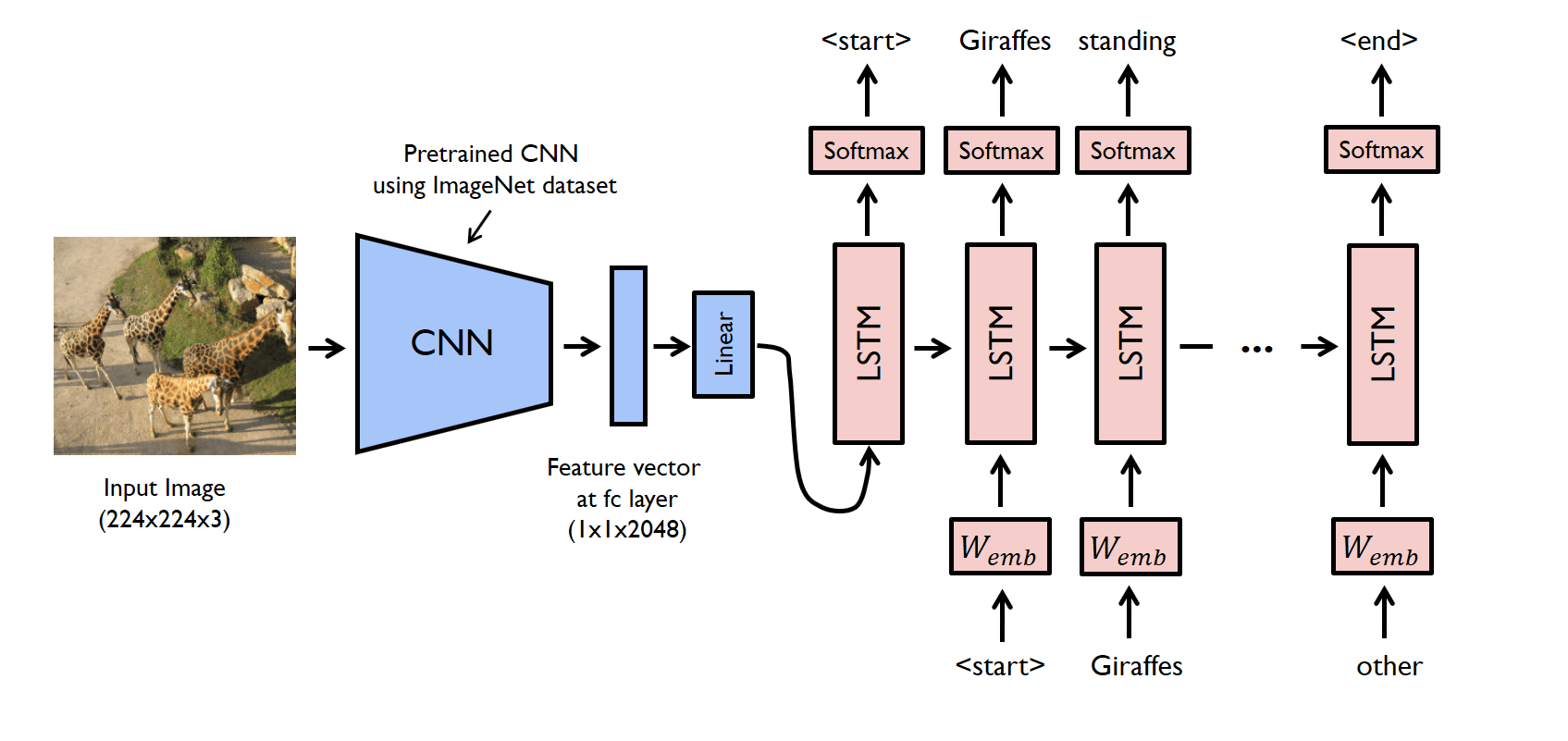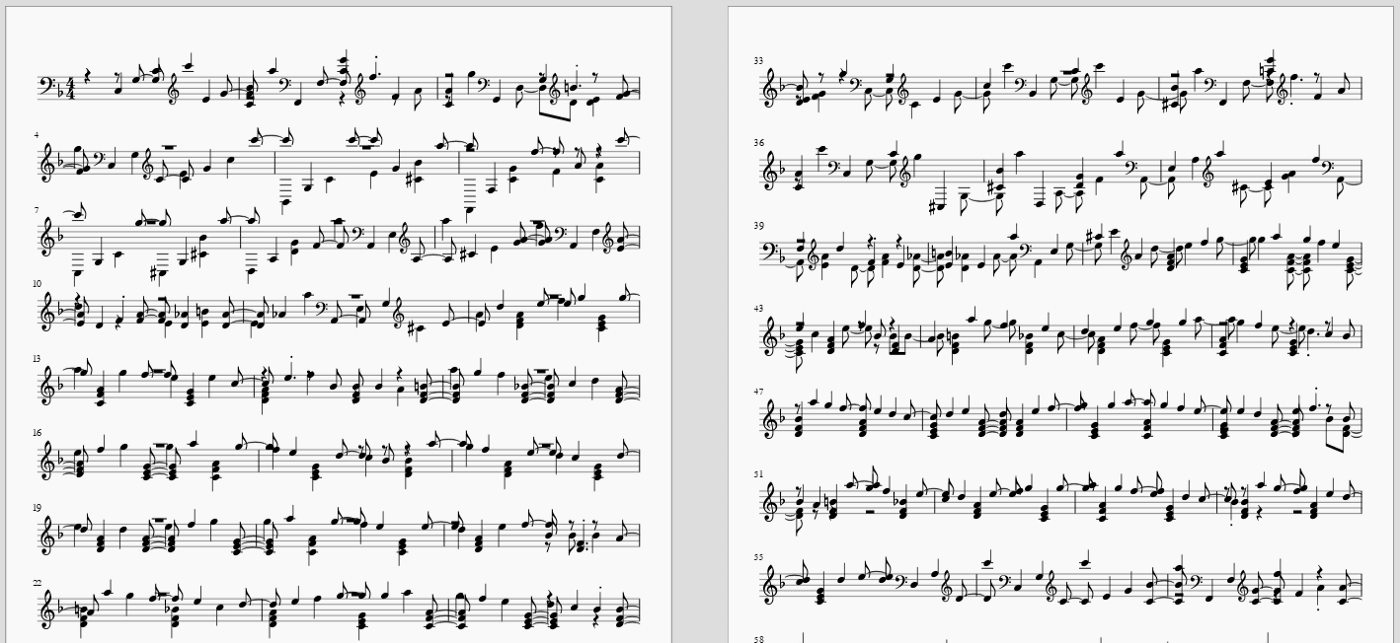Machine Learning Projects for Portfolio Building
Machine Learning Projects for Portfolio Building
For building your machine learning portfolio, you need projects that stand out. Show the hiring manager or recruiter that you can write code in multiple languages, understand various machine learning frameworks, solve unique problems using machine learning, and understand the end-to-end machine learning ecosystem.
21. BERT Text Classifier on Tensor Processing Unit
In the BERT Text Classifier project, you will use the large language model and fine-tune it on the Arabizi language using TPU (Tensor Processing Unit). You will learn to process text data using TensorFlow, modify the model architecture to get better results, and train it using Google’s TPUs. It will reduce your training time by 10X compared to GPUs.

Image from Hugging Face
22. Image Classification Using Julia
In the Image Classification Using FastAI.jl project, you will use Julia, which is designed for high-performance machine learning tasks to create simple image classification. You will learn a new language and a machine learning framework called FastAI.
You will also learn about FastAI API to process and visualize the imagenette2–160 datasets, load the ResNet18 pretrained model and train it using GPU. This project will open a new world for you to explore and develop deep learning solutions using Julia.

Image from Author
23. Image Caption Generator
In the Image Caption Generator project, you will use Pytorch to build CNN and LSTM models to create image caption generators. You will learn to process text and image data, build a CNN encoder and RNN decoder, and train it on tuned hyperparameters.
To build the best caption generator, you need to learn about encoder-decoder architecture, NLP, CNN, LSTM, and experience in creating trainer and validation functions using Pytorch.

Image from Automatic Image Captioning Using Deep Learning
24. Generate Music using Neural Networks
In the Generate Music project, you will use Music21 and Keras to build the LSTM model for generating music. You will learn about MIDI files, Notes, and Chords and train the LSTM model using MIDI files.
You will also learn to create model architecture, checkpoints, and loss functions and learn to predict notes using random input. The main goal is to use MIDI files to train neural networks, extract output from the model, and convert them into the MP3 music file.

Image from Sigurður Skúli | Music generated by the LSTM network